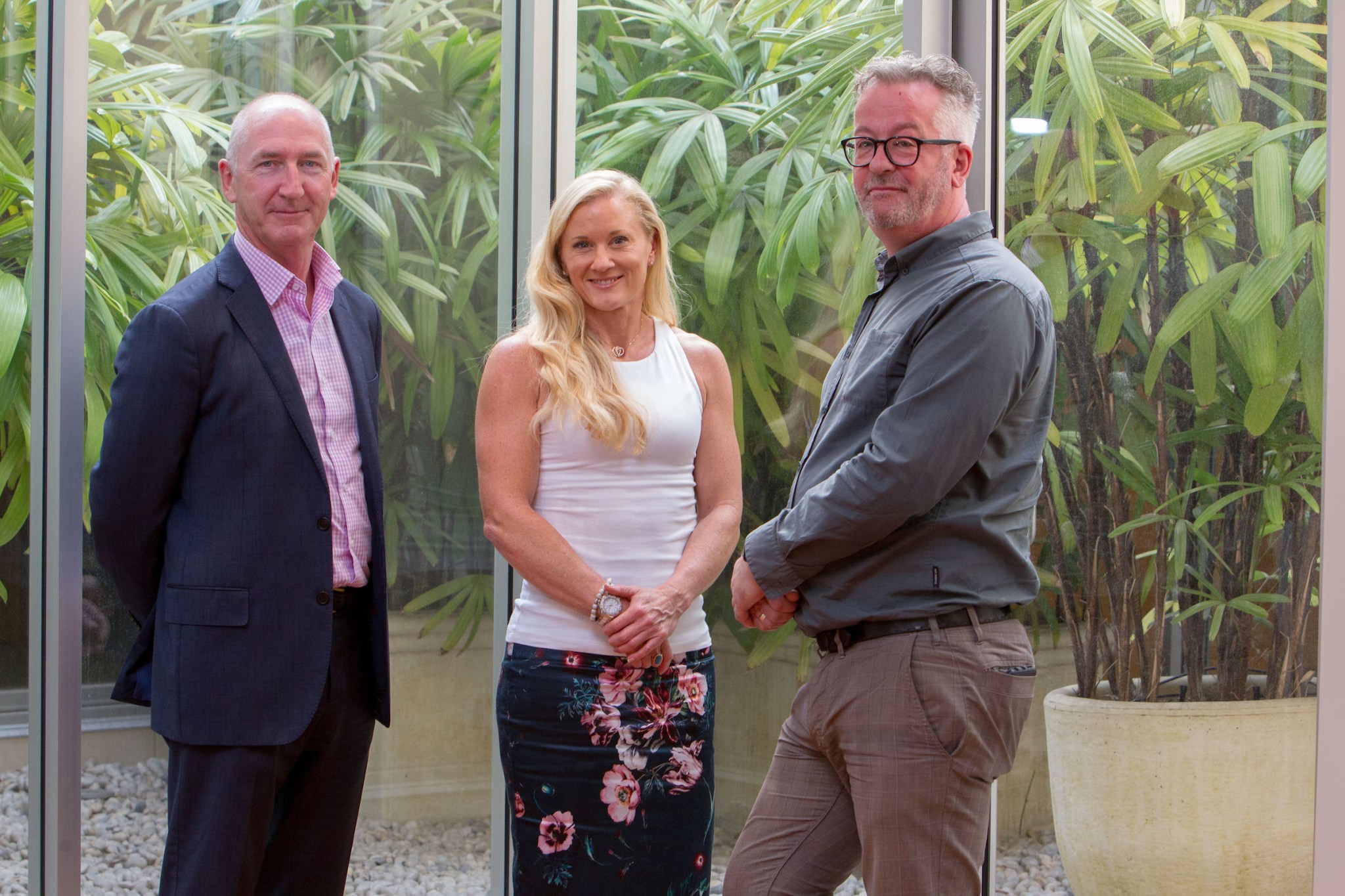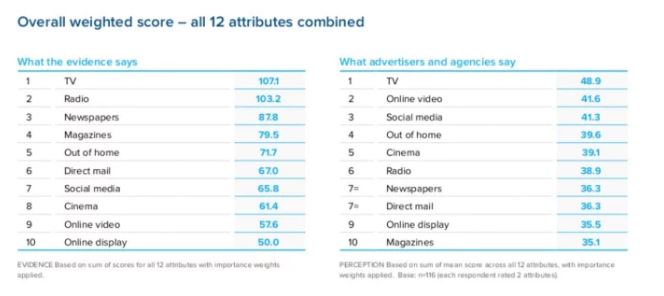
Nielsen, Ipsos and The Readership Works (TRW) are collaborating with Australia’s news media industry to provide more robust audience data that helps demonstrate the true value of the news media sector.
As consumer behaviour and engagement with brands and content is increasingly fragmented, the trio of data allies have agreed to rally together and collate their audience intelligence, forming one single and much simpler format.
By providing more granular data this makes the medium more sophisticated and ups the appeal to media buyers and advertisers.
TRW GM Mal Dale says the insights previously offered through the data will completely evolve as a result of the agreement, with much more valuable consumer data being available.
“It goes beyond demographics of age, sex and location and now goes into areas such as a consumer's intent to buy a vehicle in the next 12 months, what type of vehicle and then within that you can go down by brand,” Dale says.
Dale says it is a similar story for a large number of other categories such as travel, retail, finance and beauty.
Industry body spearheads evolution
TRW is a subsidiary of 2006-founded NewsMediaWorks – the peak industry body which represents Australia’s leading news media publishers. It focuses on promoting the power and value of print and digital news brands and to do that well, it needs solid and evolving data that showcases the benefits of news media's proposition.
With stakeholders such as Fairfax Media, News Corp Australia and Seven West Media’s West Australian Newspapers, NewsMediaWorks has had to continuously evolve its metrics offering to ensure it is marketing the sector in the best way possible.
TRW launched cross platform audience insights metric, Enhanced Media Metrics Australia (EMMA), which was developed by independent research company Ipsos Connect, in 2013.
The arrival of print readership data EMMA, which constitutes the currency for magazines and newspapers, including newspaper inserted magazines, branded sections and regional and community newspapers, was deemed a major moment in the history of the newspaper and publishing industry.

L-R Brian Hogan Ipsos, Monique Perry Nielsen and Mal Dale The Readership Works
Today’s data collaboration news coincides with Ipsos retaining the rights to EMMA print and core demographic readership data for a further five years.
“Since launch in 2013 EMMA has established itself as a world class readership survey,” Brian Hogan, executive director EMMA, Ipsos, says.
“Ipsos is proud to be able to provide continuity in readership measurement to Australia’s news media and magazine industries, including the many independent regional, community and specialist publishers that previously had no access to robust readership measurement.”
Dale says the use of Nielsen Consumer & Media View data (CMV) and the EMMA data will provide both publishers and those in the media industry with a greater means of acquiring valuable consumer data.
Measuring 22,000 consumers annually, CMV gives detailed insights into the media habits, product ownership, purchase intention as well as attitudes and lifestyle preferences of Australian audiences.
New data fusion will help sell the story
Dale says the focus is on delivering a “single source of truth” in measuring, understanding and reporting Australian consumers’ increasingly fragmented engagement with brands and content, is an industry boon.
The agreement sees Nielsen now leading the process that brings together accredited readership data, EMMA and Nielsen’s digital audience data, to deliver a total audience readership, called ‘EMMA Cross Platform’.
As CMV is then added to the EMMA Cross Platform data, this, is called 'critical product data'.
“CMV is really streamlining things and it allows that single data set to be a hub for all of those publisher clients like TV, radio, outdoor and all of those players,” Nielsen head of digital Monique Perry says.
“Now that same hub is going to be used for the print players and in an increasing cross-platform media landscape. It's not like we are doing this radical change trend break, it's an evolution and this is the starting point.”
Despite the new development, Hogan says they won’t be resting on their laurels as further evolution is always around the corner. As part of its commitment to the industry, Hogan says Ipsos will continue to utilise its global resources to bring further innovation to readership measurement.
“The most important thing is that it ensures stability and continuation of the EMMA readership currency and the EMMA cross-platform currency,” Hogan says.
“We don't see it staying exactly the same for the next five years, the core product will stay the same because you have to have a continuation of readership data, but there are many things that can be brought in to create broader depth over time.”

Proving news media’s worth
As marketers are increasingly wooed by the next shiny new digital marketing tactic, the news media industry can use this new data offering to prove its worth – which is needed, given some marketers have been blind to benefits of news media.
In a Radiocentre and Ebiquity report out of the UK earlier this year, which looked at marketers’ perceptions vs realities across 10 major adspend channels, it showed (see chart below) that advertisers and agencies believed newspapers were the seventh most effective. However, in actual fact the evidence proved it was the third most effective, behind TV and radio.
In the same survey magazines came in at 10th spot as being the most effective, whereas the evidence saw it actually sit at fourth spot.

See: Media channel buyer bias must end and junior buyers need to be better educated
In September last year an Australian study by Galaxy Research into consumer trust in content and advertising across 10 media channels also found a direct correlation between the two, with ads in news media ranked as the most trusted.
The study found that an audience’s trust in ads was greatest in newspapers.
However, despite the facts and evidence, its seems media buyers and advertisers are not as well educated on this and there’s perhaps a marketing problem for the news media industry.
In an increasing digital world, the fate of magazines is also often called into question, but recently AdNews investigated this in our ‘Giving magazines back their gloss’ feature. Check it out here.
TRW has summarised the industry benefits to this new deal below:
FOR AGENCIES
● CMV’s consumer behaviour, sentiment and product usage questionnaire has been enhanced to align with variables available in EMMA.
● EMMA CMV enables agencies to uncover purchase intention of print audiences. There is nothing more powerful than delivering your advertising message to a cross platform consumer with real buying intention.
● Nielsen CMV national datasets also include segmentation models from databases like the Nielsen Homescan Panel and market partners including Mosaic, Geo-tribes and Landscape segments.
● A future where the CMV data is the hub for media currency fusion, whether it be national CMV fused to EMMA cross platform or Metro CMV fused with TV, Radio and Digital or Regional CMV fused with Regional TV. These powerful media currency data sets enable agencies to reliably develop the best media plans for their clients, by knowing exactly which media their target audience is engaging with on a day-to-day basis.
FOR ADVERTISERS:
● With the fusion of media currency, advertisers can build a strategy and a plan with the confidence of an industry-endorsed, superior quality data set. The same data set advertisers will be using to trade and post analyse their campaigns.
FOR PUBLISHERS
● Maintains the continuity of Ipsos’ robust, best-practice collection of readership data fused with the IAB-endorsed Nielsen Digital ratings for EMMA Cross Platform.
● With the fusion of Nielsen’s established CMV dataset including lifestyle, attitudinal and product usage, publishers across all media can use the same hub survey combined with their valuable media currencies to drive better outcomes.
● The future integration of EMMA cross platform data with Metro CMV will see the market with a multichannel planning tool brought to life with TV, Radio, Print and Digital currencies. Publishers can develop strategy and insights integrated across all their media assets.
Have something to say on this? Share your views in the comments section below. Or if you have a news story or tip-off, drop us a line at adnews@yaffa.com.au
Sign up to the AdNews newsletter, like us on Facebook or follow us on Twitter for breaking stories and campaigns throughout the day.

